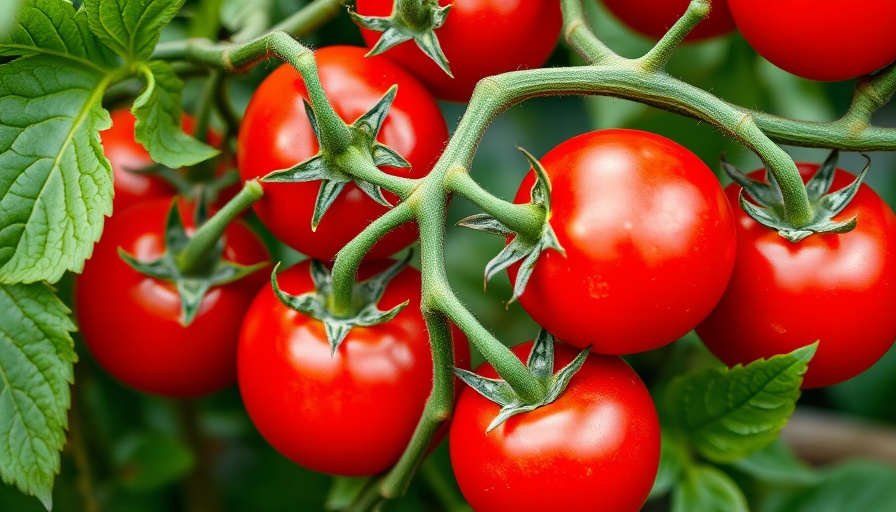
Understanding the Attraction: Why Birds Choose Your Ceiling Fan
Birds are often drawn to ceiling fans due to their high vantage points, providing a safe space away from predators. Fans can mimic the warmth of sunny perches and offer shelter, making them appealing nesting sites. This attraction can quickly turn charming into a nuisance, especially if you prefer an unbirded environment.
The Movement Factor: How Keep Fans Spinning Improves Bird Deterrence
One effective strategy to deter birds is keeping your ceiling fan in motion. Birds are hesitant to land on moving surfaces, so a spinning fan can create an environment they perceive as unstable or dangerous. However, merely relying on continuous motion isn't practical for energy efficiency.
Instead, consider employing a smart plug to automate your fan's movement. Set timers to activate the fan during times when birds are most likely to visit, such as early mornings and late afternoons. This gives the birds enough reason to bypass your fan without overly draining your electricity bill.
Optical Illusions: Making Your Fan Look Less Inviting
Another creative approach involves making the fan blades visually unappealing to birds. Consider the use of reflective tape, colorful streamers, or hanging decorations like wind chimes. These methods distract or even scare off birds, as they dislike moving items that shimmer or make noise.
Wind chimes in particular provide auditory disruptions that further discourage birds from returning to their newfound favorite perch. This multi-sensory approach can be a powerful deterrent!
How Bird Deterrent Gel Can Aid Your Cause
Bird deterrent gel is an effective, humane option that makes surfaces sticky, discouraging birds from landing. This non-toxic approach will not harm the birds but can be uncomfortable enough to encourage them to seek other roosting spots. Placing gel in areas where birds typically land can effectively keep them at bay.
Installing Barriers: The Value of Netting and Screens
If all else fails, blocking access to ceiling fans using netting or screens can be a practical solution. This method not only helps maintain peace in your space but is also an aesthetically acceptable way to manage bird activity, especially in areas prone to avian visitors.
Final Thoughts: Taking Back Your Space with Care
Taking these precautionary steps can allow you to reclaim your ceiling fan as a bird-free zone. Whether through movement, optical distraction, or physical barriers, there are humane and effective strategies to deter birds without harm. Remember, your home environment is your sanctuary, and you deserve to enjoy it free of unexpected feathered guests.
 Add Row
Add Row  Add
Add 




Write A Comment